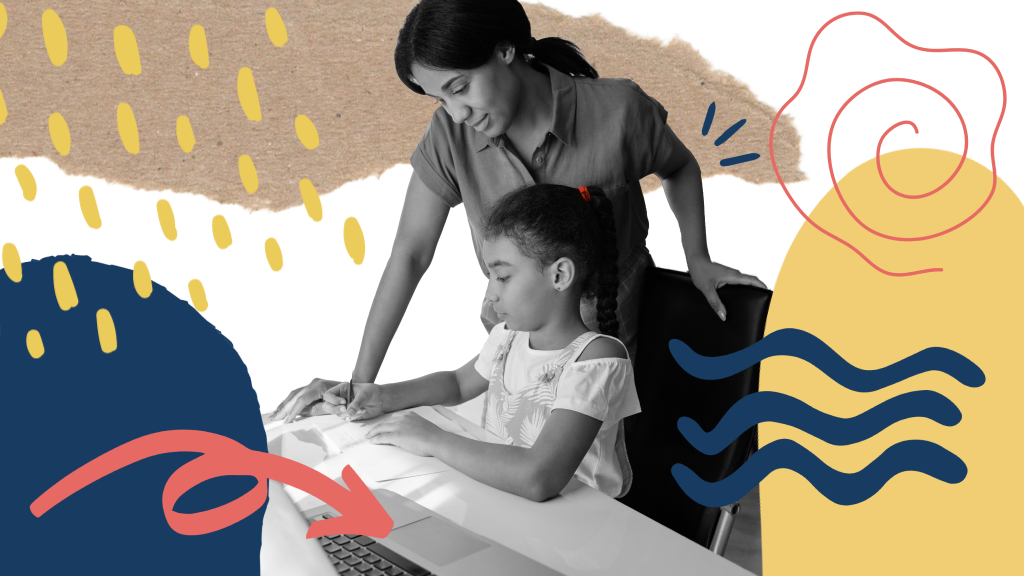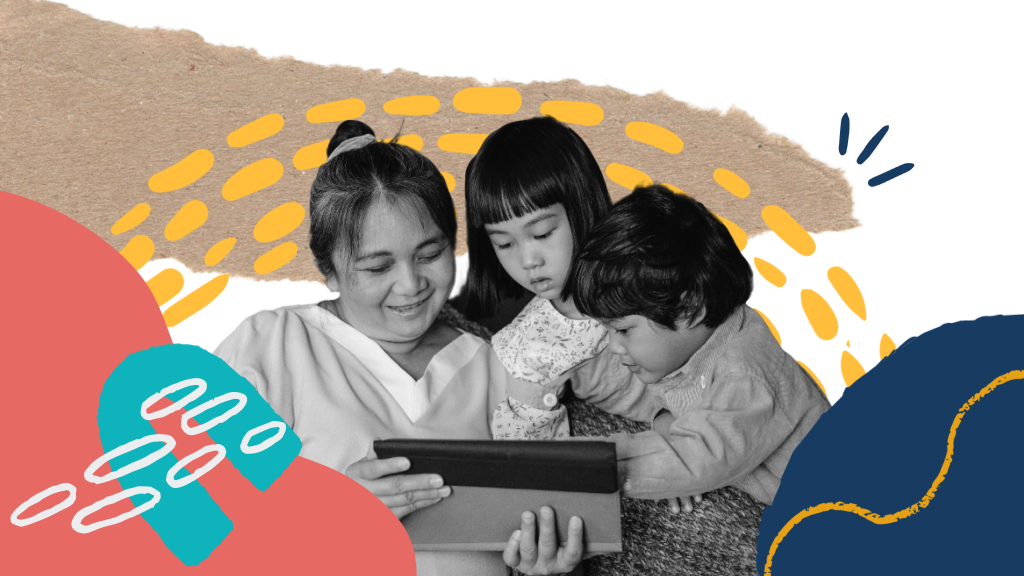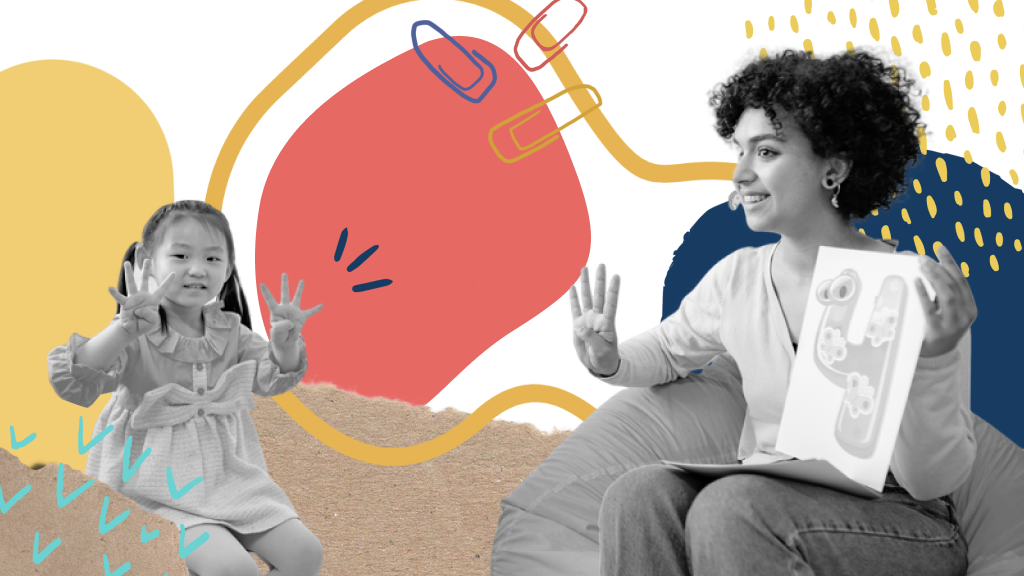What are the Five Pillars of Social-Emotional Learning (SEL)?
6 Oct 2022

At school, children should gain the fundamental skills and knowledge that will set them up for success later in life. These include academic skills, such as literacy and math, and social and emotional skills that will help them navigate life’s ups and downs. The latter are taught through a framework known as social and emotional learning — or SEL.
The Collaborative for Academic, Social, and Emotional Learning (CASEL) defines SEL as “the process through which all young people and adults acquire and apply the knowledge, skills, and attitudes to develop healthy identities, manage emotions and achieve personal and collective goals, feel and show empathy for others, establish and maintain supportive relationships, and make responsible and caring decisions.”
SEL is an evidence-based approach that helps learners develop social-emotional skills, a growth mindset, and healthy relationships. The five SEL core competencies are:
- Self-awareness
- Self-management
- Social awareness
- Relationship skills
- Responsible decision-making
Developing SEL skills can help students with their human and academic development and has many significant benefits. According to research, implementing SEL programs in learning environments can:
The CASEL wheel below shows how these five key areas impact students, schools, families, and communities.

This article will cover each of the five SEL competencies in detail.
1. Self-Awareness
Understanding others and building positive relationships starts with understanding the self. That’s why the first SEL core competency is self-awareness. It’s all about leading a conscious inner life by cultivating mindfulness of one’s thoughts, feelings, preferences, experiences, and drives. It’s also about understanding how our words and actions affect others.
Self-awareness can be developed at various stages in SEL— starting from elementary school and continuing through middle school, high school, and college. Of course, the milestones reached and the growth achieved at each stage will be different, but students of all ages can learn to be more aware of themselves, other people, and their surroundings.
The process of developing self-awareness involves the development of other key abilities, such as the ability to:
- Identify emotions: Students must be able to recognize and identify their own emotions, as this supports their emotional well-being and mental health.
- Cultivate an accurate self-perception: Students’ self-perception should match reality.
- Recognize strengths: Each student has unique strengths, and recognizing and building on them is vital to their development.
- Possess self-confidence: When students can recognize their strengths, their self-confidence grows. Self-confidence is an integral piece of healthy emotional development.
- Demonstrate self-efficacy: Theodore Roosevelt famously said, “Believe you can, and you’re halfway there,” which is the premise that underlies self-efficacy — a student’s belief in their ability to achieve their goals.
The Feelings Wheel is a handy tool that can help students identify and name their emotions. Teachers can use it for regular check-ins with students or create a buddy system where students help each other identify their emotions.

2. Self-Management
Self-management involves teaching students to manage and regulate their own emotions, behaviors, and mental processes in response to external events. This helps them respond to different situations in healthy ways and work toward achieving their goals. Self-management skills include:
- Stress and time management
- Managing motivation
- Personal and academic goal setting
Learning how to self-manage can help students face and overcome a variety of different situations and challenges. Essential aspects of self-management include agency and the ability to delay gratification. Research shows that when students learn to self-manage, they achieve greater academic success and are more likely to graduate from high school. They’re also less likely to enter the criminal justice system.
Self-management skills include abilities such as:
- Emotional management
- Identifying and using stress management and self-care strategies
- Exhibiting self-discipline and self-motivation
- Setting personal and collective goals
- Planning and organizational skills
- Showing the courage to take initiative
- Demonstrating individual and collective agency
- Cultivating resilience and overcoming adversity
Educators can help students develop self-management skills by teaching them to reframe negative thoughts as more positive ones that will help them make progress toward their goals.
3. Social Awareness
Social awareness is about understanding other people’s perspectives, opinions, and feelings. It focuses on cultivating empathy and compassion for others, including those from diverse backgrounds, cultures, and contexts.
This helps learners to understand and follow appropriate social norms in different contexts, including approaching other cultures, identities, and lifestyles with a sense of respect and acceptance that goes beyond tolerance.
Research suggests that improving social awareness strengthens academic engagement, cultivates a positive school climate and culture, and significantly contributes to educational equity.
Students can develop their social awareness through activities that help them get to know each other better, for example, by sharing interesting facts about themselves, their interests, people they admire, and their hobbies.

4. Relationship Skills
Relationship skills — otherwise known as interpersonal skills — refer to students’ ability to initiate, establish, maintain, and restore healthy and sustainable relationships with those around them. It can help improve their communication, conflict resolution, leadership collaboration, and teamwork skills. It also teaches students how to offer or seek help when needed, collaboratively problem-solve, and navigate situations that include diverse groups of people.
Developing relationship skills also includes advocacy. Advocacy is the ability to stand up for others, and self-advocate — in other words, stand up for one’s own thoughts and experiences. Students can improve their relationship skills by developing competencies such as active listening, collaborative problem-solving, and extending trust and gratitude toward others.
Some of the core competencies in relationship skills include:
- Active listening and effective communication
- Developing mutually healthy and productive relationships
- Making and maintaining trusting, respectful friendships
- Demonstrating gratitude
- Demonstrating cultural humility and competence
- Practicing collaborative problem-solving focused on the common good
- Attending to harm or conflict through restorative practices
- Showing leadership and contributing productively in groups
An example of a relationship skills exercise is Count Me Down by Move This World. In this activity, students share:
- Three unique things about their family
- Two challenges they’re currently facing
- One goal or dream they have
5. Responsible Decision-Making
The fifth SEL core competency is responsible decision-making, which CASEL defines as “the ability to make constructive choices about personal behavior and social interactions based on ethical standards, safety concerns, and social norms.”
It’s essentially the ability to examine all aspects of a decision, including its potential consequences, before making it. This includes making decisions around personal situations as well as in the context of social interactions to maximize personal, social, and collective good. Responsible decision-making consists of the following interrelated abilities:
- Identify the problem: Students learn to recognize when they have encountered a problem. Problems can range from difficulty meeting the expectations in a classroom to choosing whether or not to complete homework or even deciding to engage in unhealthy behavior. This is a gateway to understanding their own desires and motives.
- Analyze the situation: Once students have identified the problem, they then learn to analyze it from various angles, including determining how and why it arose.
- Solve the problem: After students have sufficiently identified and analyzed the situation, they develop and practice problem-solving methods. They need to identify possible options and explore the potential consequences of each option.
- Consider ethical responsibility: In addition to identifying the potential consequences of a decision, students must also consider any ethical or moral obligations they may have. For instance, before a student chooses to look at someone else’s test, they will need to consider the potential ethical and moral repercussions of cheating.
- Evaluate and reflect: Evaluating and reflecting on the outcomes of a decision is almost as important as the decision-making process itself. When students take the time to evaluate how successfully they identified, analyzed, and solved a problem, they can reflect appropriately on what went well and what could be improved.
The THINK framework is an approach teachers can use to help students strengthen their decision-making skills. Encourage students to collaboratively problem-solve using the following steps:
- Talk about the problem and identify the most relevant information.
- How can the problem be solved? Have each student share their potential solutions.
- Identify a strategy to solve the problem and start implementing it.
- Notice how the strategy solved the problem. Have each student share their reflections.
- Keep thinking about the problem to determine whether the strategy used was the best solution and whether it can be improved.
Help Students Thrive with Social-Emotional Learning Competencies
Incorporating the five components of social-emotional learning into your learning activities is an excellent way to support child development. By going beyond the focus on academic outcomes, you can actually improve academic achievement and provide students with skills that will help them thrive throughout their lives.
If you’re a parent, teacher, or education leader who wants to support your child or students’ social and emotional learning, Lessonbee can help. We provide SEL and health and wellness resources for parents, teachers, and school districts that help improve academic performance, behavior, and overall school climate. Sign up for a free trial today.
Read More

Human Trafficking: Understanding the Impact and How to Help

A Guide to Social Emotional Learning for Homeschooling Parents

How to Help Your Child Deal With Online Harassment

Online Safety for Parents: How to Safeguard Your Child in the Digital World


